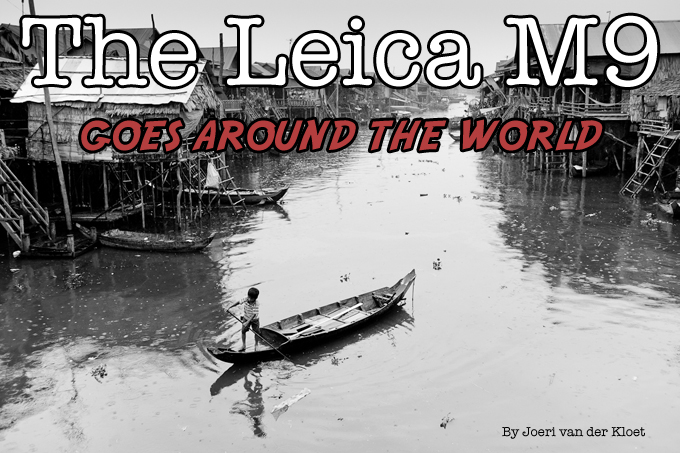
The M9 around the world – Part 1 – South East Asia
by Joeri van der Kloet – His site is HERE
In a previous post on Steve’s great website I talked about using the M9 for documentary weddings. Well, a few months ago I got married myself and ten days later we took a plane from The Netherlands to Hong Kong, where we would start our four months honeymoon. It took us half a year to figure out what we wanted to do and where we wanted to go, but one thing was important: the journey was going to be a combination of both cultural and backcountry elements. We would start in the humid heat of South-East Asia, experience early spring in New Zealand on the Great Walks, get soaked and blown away in stormy Patagonia, see some street tango in Buenos Aires and finally get the last chance to discover Cuba, before it’s no longer Cuba.
M8 or M9?
Getting the right gear was almost as challenging as planning the trip. We had to pack a storm proof tent, warm sleeping bags, clothing that would be comfortable from -5 degrees to 40 degrees, pots and of course, a camera. A few weeks before our wedding, I sold my M8 and bought a M9P. Because I started using two camera’s simultaneously on weddings I needed something that resembled the colors and look of the M9 a bit more than the M8 did. I already knew by then that there was going to be a new M and maybe more, but still decided to go for it. I don’t regret buying the M9P at maybe the worst moment, but I do regret selling the M8, just because it is such a great camera. I particularly liked the crop factor, which made my trusted 50 just a little longer.
Gear and backup
From the very beginning I knew I was going to take both my camera’s on our journey, although it meant carrying loads of money in our bag. Doing the journey with one camera was not an option for me, because I did not want the take the risk of not being able to take any photo’s if the camera would be stolen or get broken. I’m quite realistic about the reliability of the digital M’s. It is not the same as the film M’s, simply because it has lots more electronics. Yes, it is sturdy, but the RF mechanism is also fragile. If you drop it, it will have to be realigned. Another reason to bring two cameras is the fact that my wife loves photography and is getting better with the rangefinder everyday. Finally, there’s a lot less lens changing when carrying two bodies. So this is what we took: the Leica M9 and M9P, a 35 and 50 summicron, a CV 21 color skopar and a ’69 Leica 90 tele-elmarit. We also took six batteries and loads of SD-cards. For editing and storing images we took a 13” Macbook Pro and a Lacie Rugged 500gB. We would leave the laptop and some other things if we were going on a trek to save weight. We both had our 70 litres backpack, not quite full and in the big packs we stuffed a small daypack, plus a handbag, which, in this case, were photo bags. My wife carried the Billingham Hadley small and I took the Lowepro Photorunner 100. While hiking, we’d leave our handbags and carry the camera’s in small P&S bags on our waistbelts. My wife used the Lowepro Utility Bag 100 AW and I bought the ThinkTank Speedchanger, which is part of a whole system of bags (which I don’t have). With all these bags we could carry our camera’s in a easy and safe way with us. In total our big packs were 15 kgs each, though without food for the treks. Not bad at all.
[ad#Adsense Blog Sq Embed Image]
Part I: South-East Asia
We started in Hong Kong to get to know Asia in a slow and safe way. In Hong Kong you can either choose between the highly westernized Hong Kong island, or the more China like Kowloon. If you’ve never been to Asia before, this is the place to be.
Funny old camera
Staying in Hong Kong is running from the one photo opportunity to the next, at least, if you like street photography. There are must do’s in Hong Kong, but you might as well skip them and just wander around. Anticipating on cold, wet weather on the second half of our journey, I attached the original straps to the camera’s, which I regretted on the very first day. In a city like HK you just want your camera ready at hand, which means, hanging from your wrist. Now there is a second reason why you should visit HK. Some stuff is still relatively cheap! Artisan & Artist for example, is 20 to 30% cheaper than in Europe. Also, they sell stuff you can’t even find in Europe. One of the first thing we did in HK was buying a leather wrist strap and another funky leather strap made by Ciesta. In the US this brand is available, but in Europe, I never saw it. It is pretty good and costs less than half the price of A&A.
Although I always carried my camera on the wrist strap, there were a few exceptions. The outside temperature is quite high, as is the relative humidity. Most buildings have AC and Hong Kong people tend to use these machines on the ‘frostbite’ setting. Every time I went from AC to outside climate I made sure I kept my camera in the bag for a while, just to prevent condensation on the cold parts of the body and lens. It’s an easy thing to do and I never missed a shot because of it. Also, when I was not confident about our surroundings, we put our camera’s in our bags, just to prevent any unwanted attention. In general, just like on European streets, people don’t pay attention to you with your funny old camera and it was very easy to get people in candid shots. I had a few times that people saw me taking a picture and they gestured that it was OK, or not.
Postcards
As already said, the best way to discover a town like Hong Kong is just to wander around. Because it was our honeymoon and not work, I never went specifically somewhere to take photo’s. I only took snapshots of things we came across. I must say: it takes some time to get used to this approach, but it also makes things easier. If you’re on the road for four months, you don’t want to be stressing about the best photographic opportunities and the best light. You just go with the flow and if the light is good, sure, take a little more pictures. Another rule I set for myself was that I would not take pictures of scenes that I also could get on a postcard. On postcards, it seems to me, you always see pictures of things as if they were placed in an ideal world. The light is perfect, there’s not a single tourist around and there is no rubbish. These pictures are the ones that people buy to hang on their walls. They seem nice, but actually start to get boring very soon. For me, a good picture tells a story. Something is happening, or something is about to happen. And that’s what documentary photography is all about. Not to show the non-existent perfect world, but to show the real world, with all its flaws and all its little stories happening around us.
Easier
Usually we used to walk around with our own camera that had either the 35 or the 50 attached. We almost never used the 21 and the 90. The 35 and 50 are, as far as I’m concerned, the lenses to go in big Asian cities. Also, during the day, we did not really swap camera’s, so I would start the day with the 35 and would do the next day with the 50, or again the 35. Not having to worry about your focal length makes it just a bit easier. All you have to do is watch things happening and if something interesting happens, frame it with the lens you’ve got.
Buzzing
After spending a week in Hong Kong we travelled by train through China to Hanoi, Vietnam. The journey was quite terrible. The train was dirty and we were disturbed a million times by the Chinese customs and police. Hanoi however, was love at first sight. This is Asia as it is supposed to be: colors, sounds, everything buzzing around, thousands of scooters and motorbikes, just overwhelming in every way something can be overwhelming to you. I found it hard to stay focussed and keep an eye for the interesting things, because everything around us was interesting enough. After a few hours of Hanoi we would return to our hotel, because we simply got tired of all these sounds and things to see everywhere. Like in Hong Kong, we used our handbags for the camera’s and only took a bottle of water, sunglasses and a hat with us. We swapped bags a number of times and I preferred the Billy over the Lowepro for easy access to the camera and for not looking like a camera bag. Walking for hours and hours, even with little gear, can be quite strenuous with a shoulderbag. The Hadley Small doesn’t have a padded strap, so we bought a separate padding for it, not original, but a lot cheaper, made by Tatonka. The big advantage of the Lowepro is the fact you can wear it as a hip pack as well and that is way more comfortable. Access to the bag is however less easy, since you’ll have to zip and unzip it every time you get something from the bag. My daily bag for assignments is currently the A&A ACAM 1000, which is quite expensive, but works well. It’s the only bag that features a compartment for three lenses where the size is actually right for small RF lenses. I wouldn’t use this one for traveling though, since there’s no extra space for a bottle of water and extra stuff. In the Billy, you can stuff quite a lot of extra gear between the padding and the bag.
Drybag
We made a trip to the famous Ha Long Bay area, a unique landscape in the northeast of Vietnam. We booked a boat for three days, pretty cheap like almost everything in Vietnam. Here I used the 90 mm for the first time. With gorgeous rock formations in the fog, with just a little sun trying to break through, the 90 delivered the best results. My 90 is quite old, almost stone age, but man, it is sharp. It’s not expensive either; you pick one up around 300 euros. The 90 summicron has a smoother bokeh, but is a lot bigger, heavier and more expensive. From our main boat we had the chance to do a few trips in kayaks and being enthusiastic kayakkers, we got on board. The kayaks provided by our organization were not fitted with a rudder or keel, so they were extremely unstable. This was the first time I wished I had a somewhat cheaper and waterproof camera with me. The next day, when we made a longer kayak trip I didn’t take a camera with me. A shame, because we saw very nice things and off course, we didn’t tip over. There is a solution however: a German company called Ortlieb manufactures the best drybags you can find and they also include a few camera bags in their product line. If you know you’re going to encounter some serious wet conditions, it would be wise to invest in one of these. Of course, you could also put your camerabag in a drybag, but in that way, it takes forever to get your camera out.
Streetlife
After one more day in Hanoi we flew to Bangkok, already regretting we had to leave Vietnam. Bangkok is, as you probably know, far more westernized than Vietnam, but that doesn’t mean you can’t experience Asia. You just have to know where to go. Our hotel was situated in the middle of Chinatown and we had the time of our lives wandering around again. There is a route through this area, making it easier for tourists, but we just followed our instincts and ended up in beautiful narrow streets, no tourists at all, where we could see the Thai working and living. Trying not to disturb their daily lives we walked around very quietly, took only a few pictures, smiled as much as we could and everybody respected us walking around in their space. It was almost a spiritual experience, mainly because we hadn’t expected this beautiful streetlife and second because people were so incredibly friendly and were happy to give us such a close look in their lives. If you have only one or two days in Bangkok, don’t waste your time with sightseeing, just try to see some real streetlife.
Monks
The next day I got up early, because I wanted to see the monks on their daily march through the town. They walk around and collect food and other gifts that the Thai give them. After waiting a few minutes I saw a monk and I quietly followed him on his way, making sure I’d keep a respectful distance. Very soon, a local approached the monk and gave him a bowl with food. The local bowed and received a blessing from the monk. Afterwards, both went their own way. I was surprised to see no tourists at all, but figured it was still too early. I would not have wanted to miss this however. It was pretty amazing to see how the Buddhist monks are so much part of Thailands everyday life. The monks are respected by everybody, but lack the misplaced authority I often find in other religions.
Indiana Jones
We first planned on traveling to Cambodia over land, but decided to fly in, because it would save us two days and a lot of hassle and scams. Since there is just one company that flies from Bangkok to Siem Reap – our destination in Cambodia – we paid 600 euros for a one hour flight. After hearing another horror story from another traveler, we were glad we did it. Cambodia has only recently been ‘discovered’ by tourists and most only go to the famous temples of Angkor. Having only four days in this country we decided to visit the temples first and then see whether we had some time left for other things. In two days we climbed, walked and biked – we’re Dutch after all – in this magnificent area. Angkor Wat is the biggest and most famous of all temples and here you will see loads of tourists, but after biking thirty minutes there would be temples where we didn’t see a single other tourist. We really felt like Indiana Jones and Lara Croft – Tomb Raider was recorded in Angkor – and were absolutely amazed about the temples and the condition they are still in. Also, unlike Europe where everything is behind glass and fences, in Angkor you can touch almost everything. Photographically, there are loads of opportunities with structures, light, details and anything you can wish for. Here, we also used the 21mm to be able to show a bit more of the beautiful architecture. Like in all other places, nobody paid attention to our cameras.
Fisherman’s village
After traveling for almost a month in Asia, we felt one element still was missing in our itinerary: rural life. Wanting to avoid tourist traps, we booked a guided tour with a small ecotourism company to a small fisherman’s village. The boat trip to the village was quite long and wet, but when we got there, lunch was being prepared for the monks and everybody gathered around to enjoy it. We could have stayed there for a week, so much was happening. There were kids running around, gazing at those funny tourists, cats, dogs, nuns, monks, it was truly amazing. The funny thing about the village was that it is build on stelts of ten meters. Houses are relatively small, so all life happens on a few square meters, but still, everybody seemed to respect one another.
Bye bye Asia
After one month traveling, we said goodbye to South-East Asia, but we’re sure we’ll come back to explore more of this wonderful part of the world. Gearwise, I couldn’t have been happier with the M’s and the lenses we carried. I found it pretty easy to blend in and take the shots I wanted, although I stand out with my length, colour and – probably – behaviour. The fact that we could stow our camera’s and the rest of our gear in such small bags and walk around with it for a whole day only added joy to the whole trip. With 30 plus Celsius and humidities of 80% and more you don’t want to carry a heavy backpack with a DSLR. On the other hand, I saw lots of people walking around with Nikon 1’s, PEN’s, NEX and a few X100’s and X Pro 1’s. If I wouldn’t have been a professional photographer with all the benefits of buying gear and subtract it from the income tax, I sure would have used something like these small camera’s.
Our next destination will be New Zealand and we’ll be doing completely different things there. More to read in the next part.

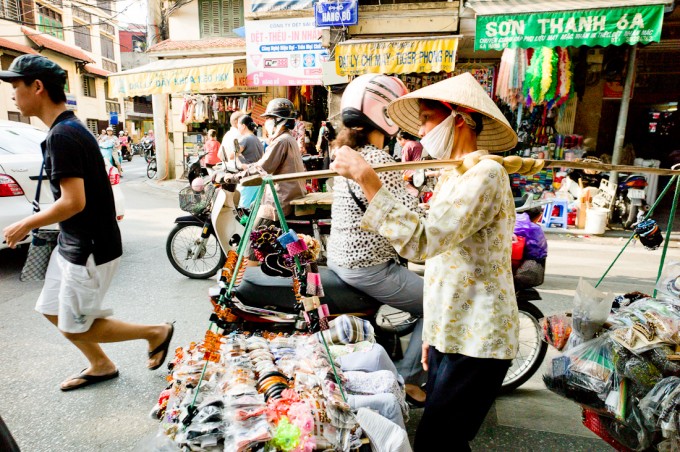
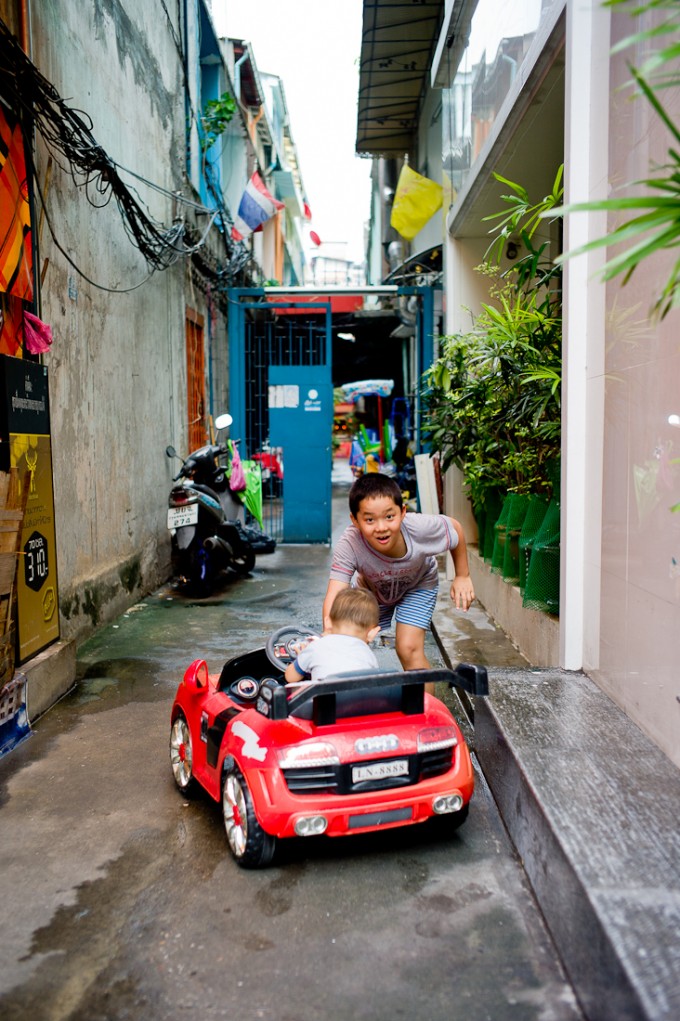
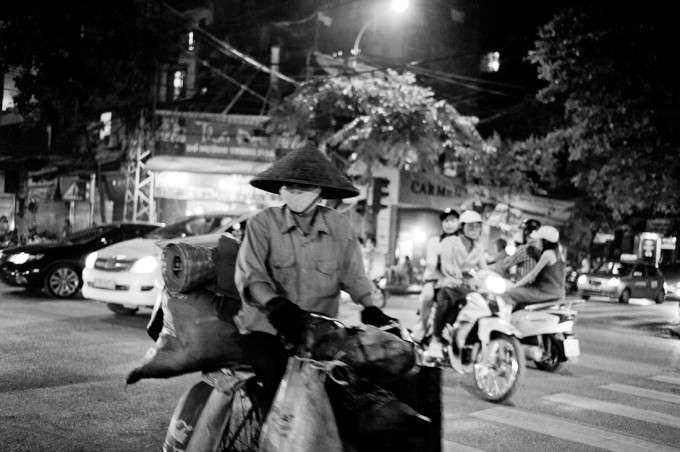
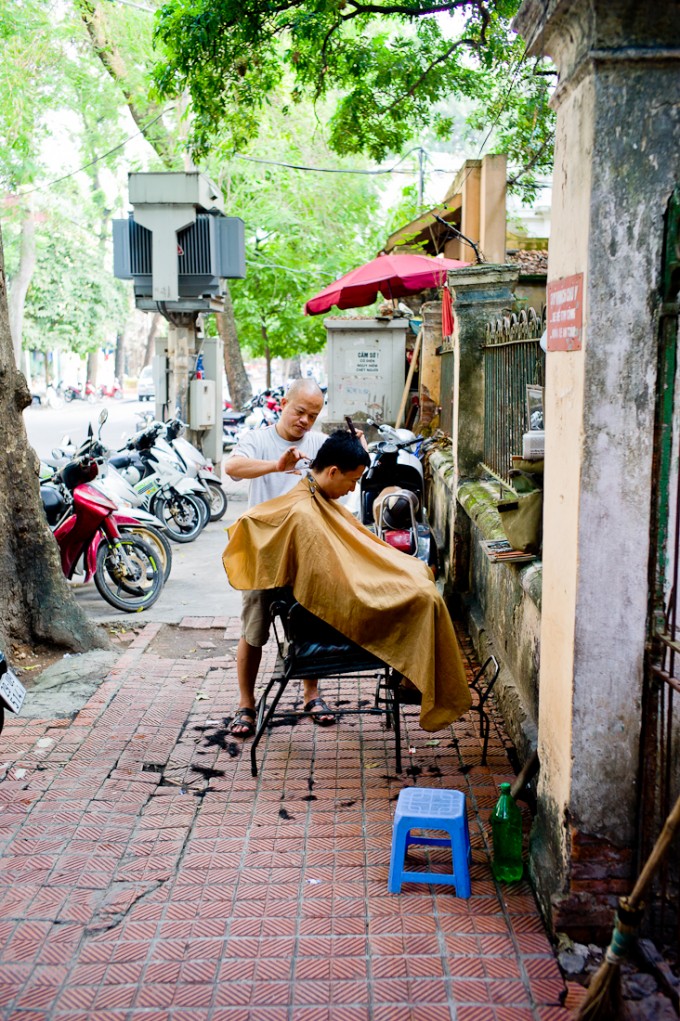
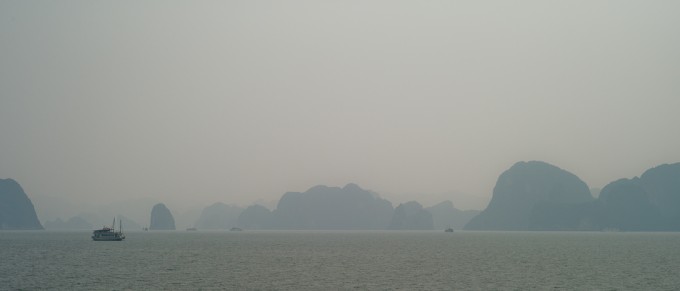
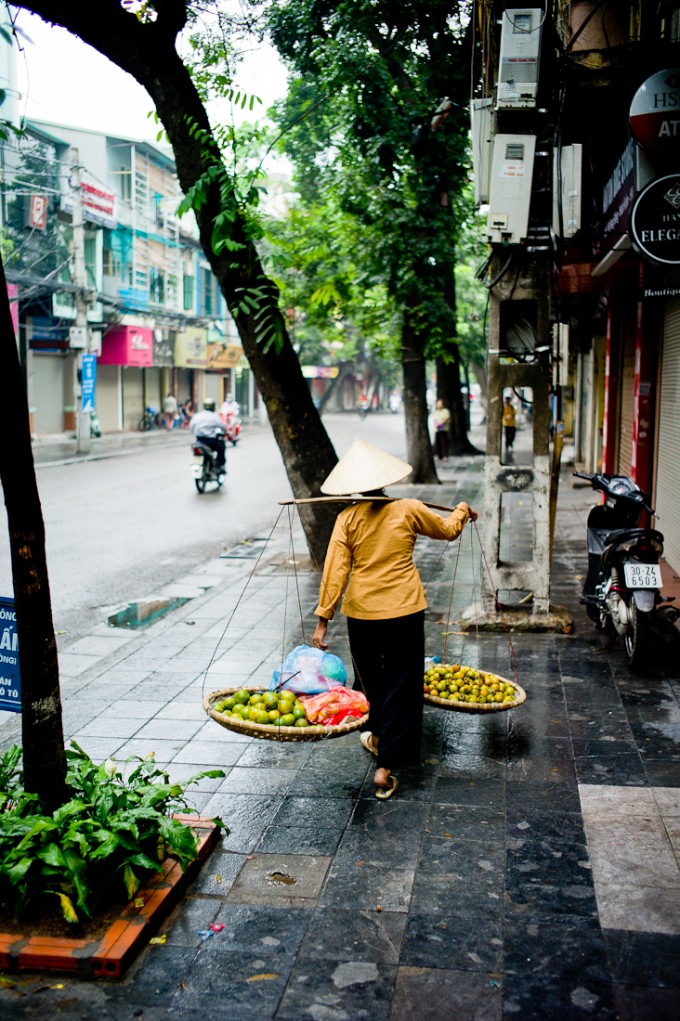
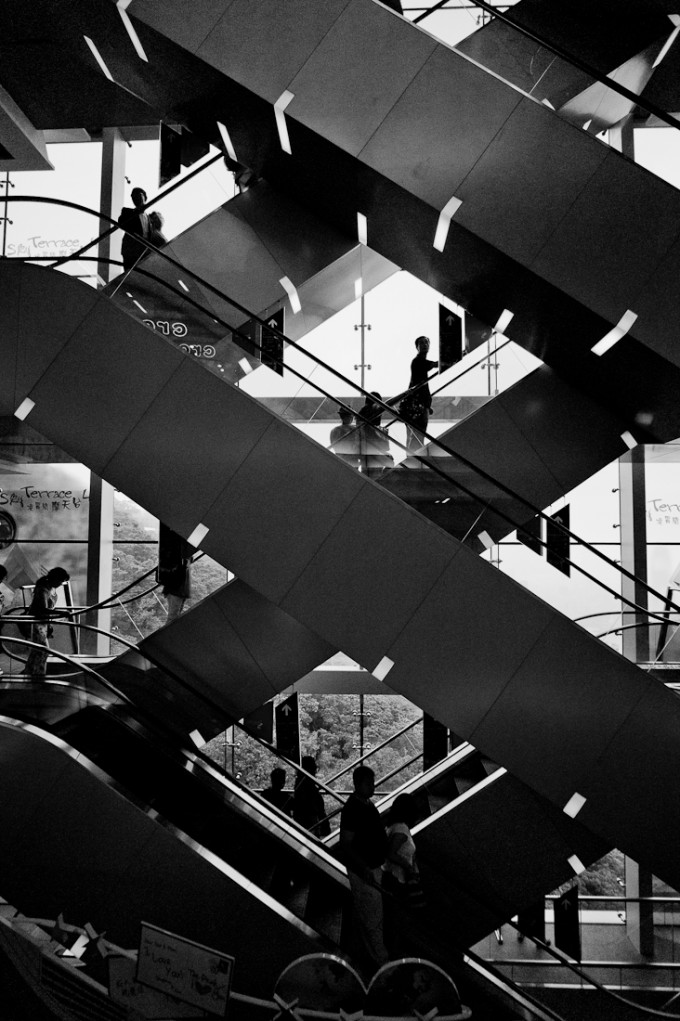
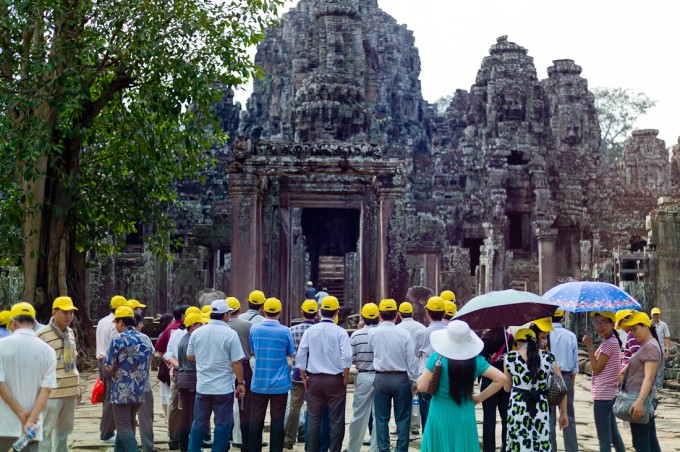
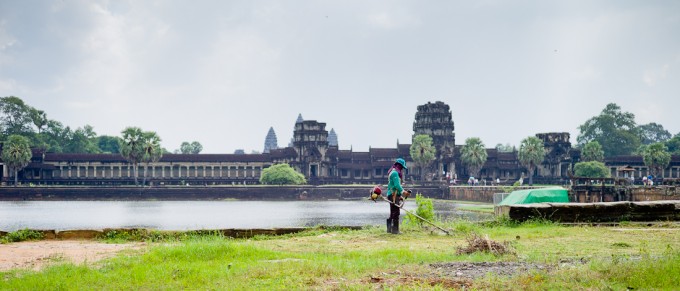
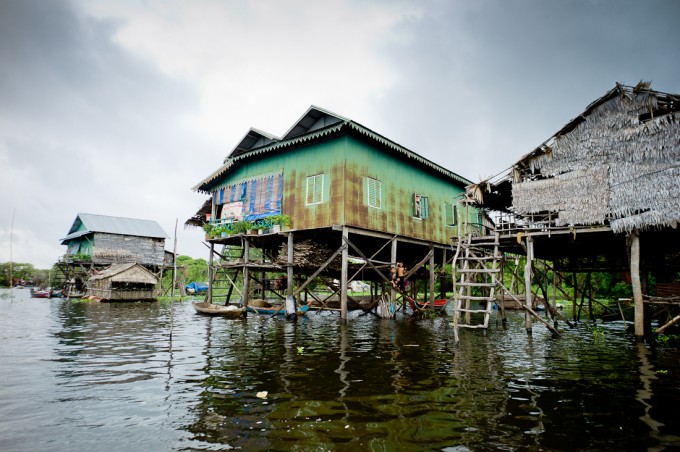
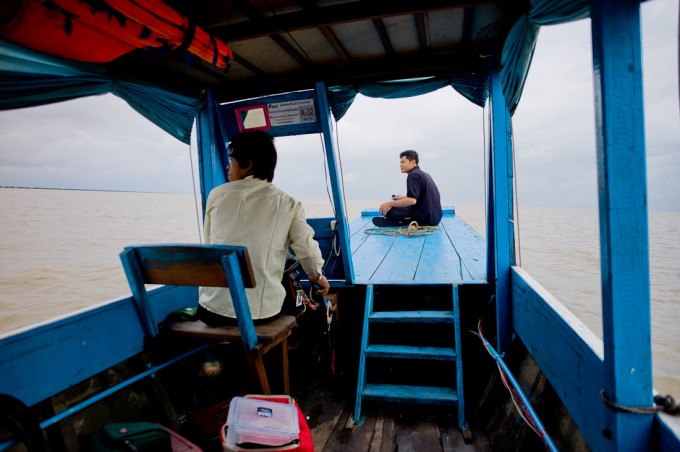
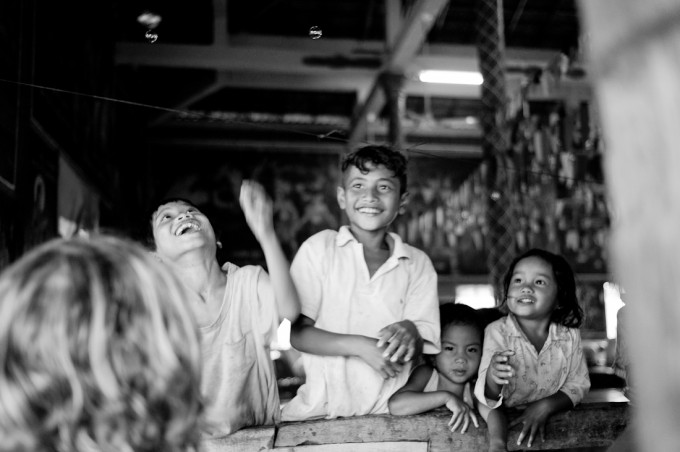
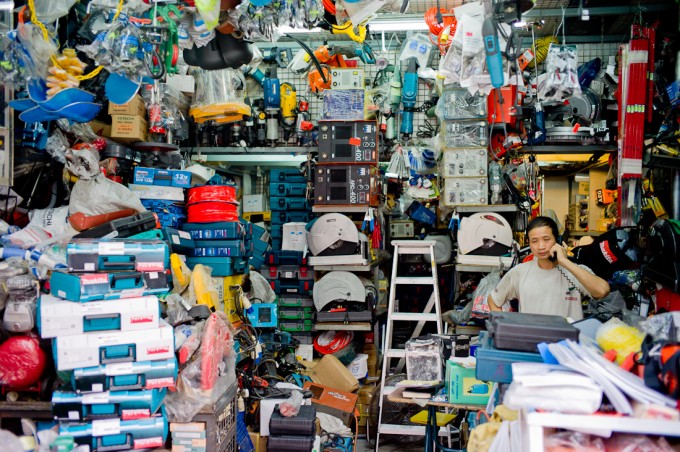
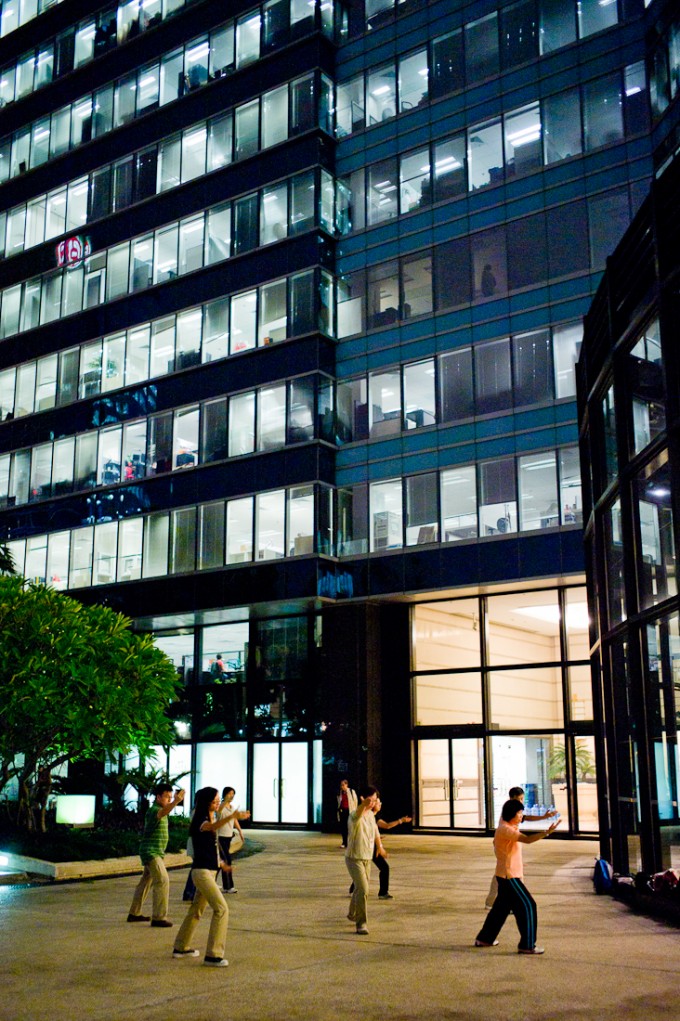
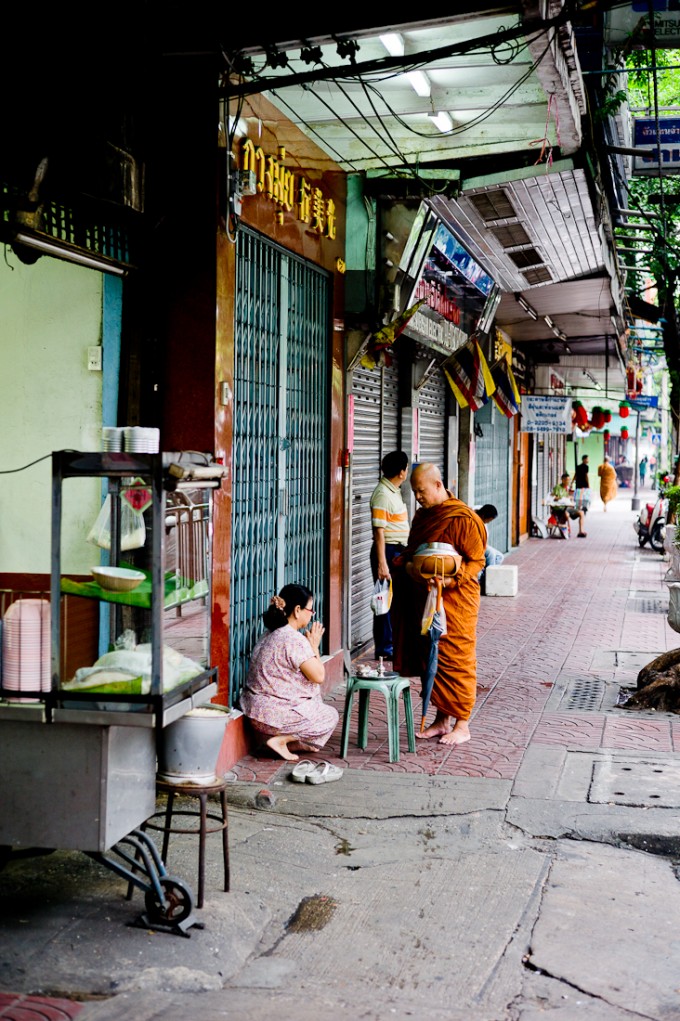
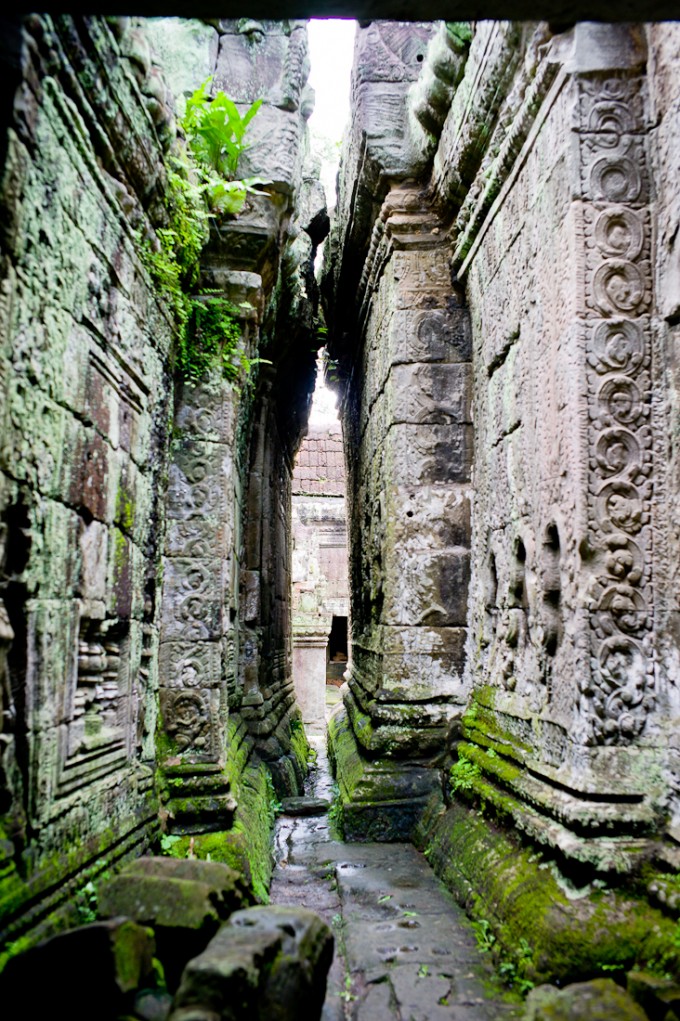
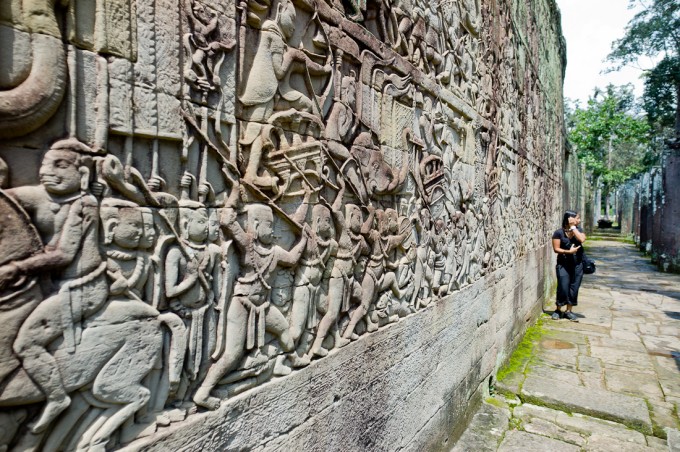
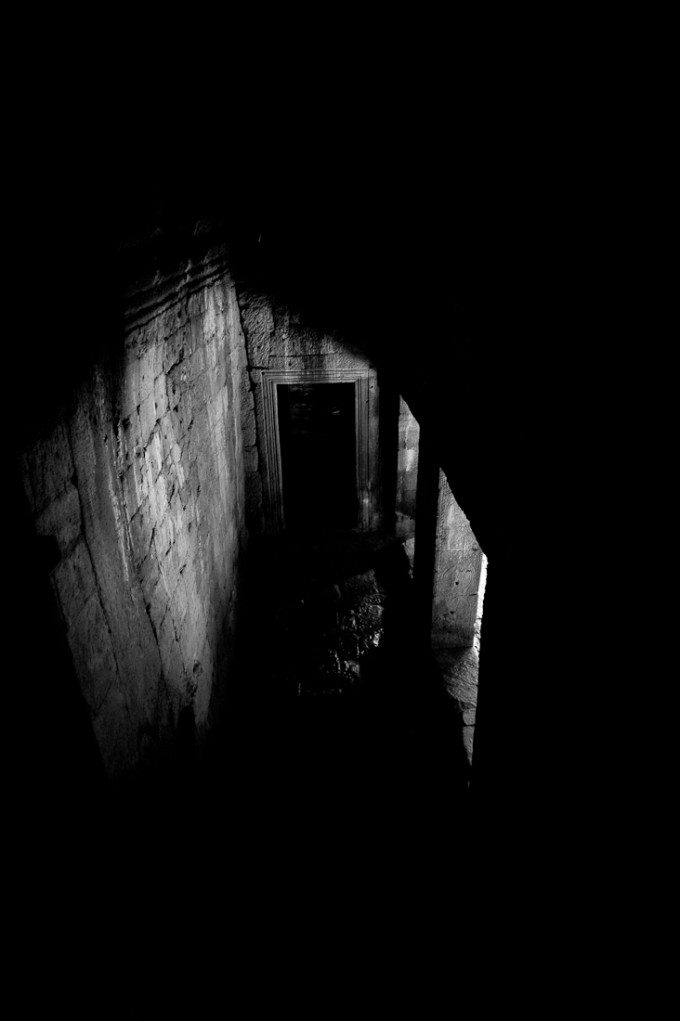
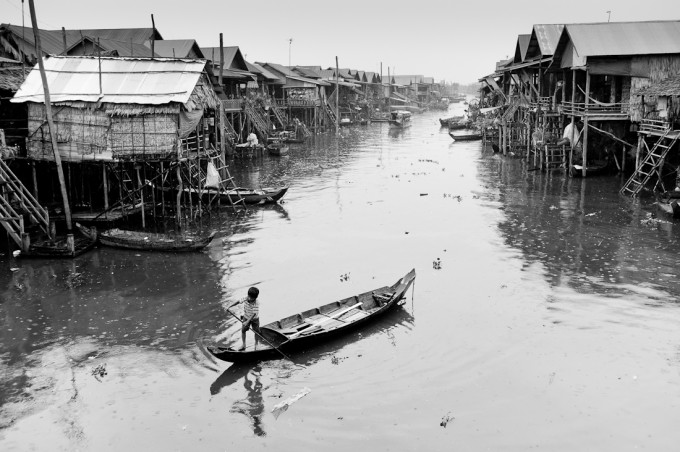
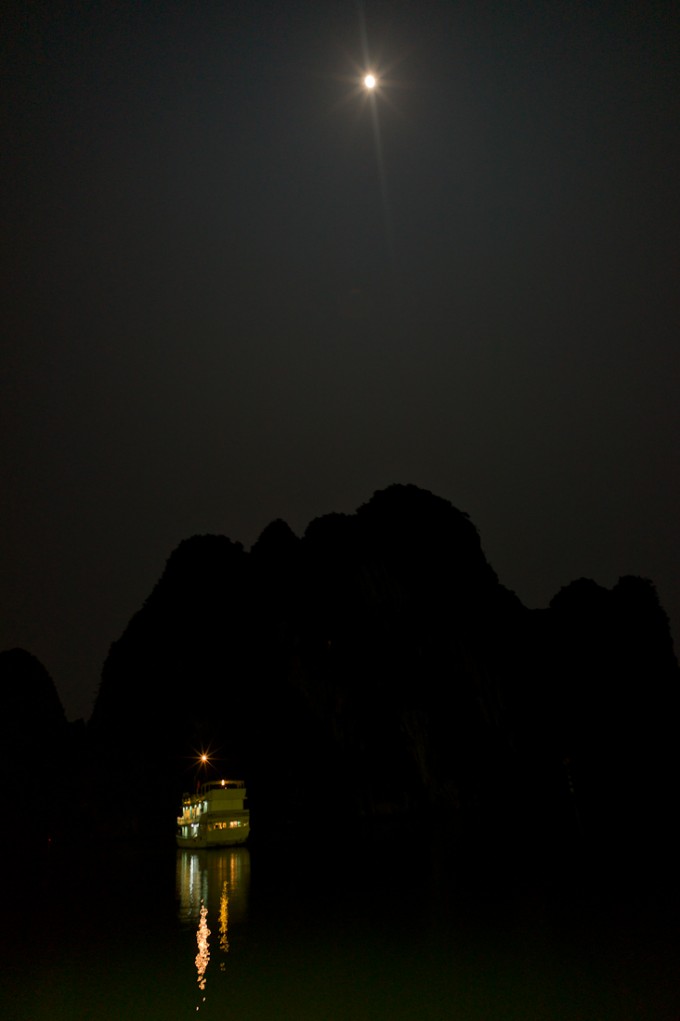
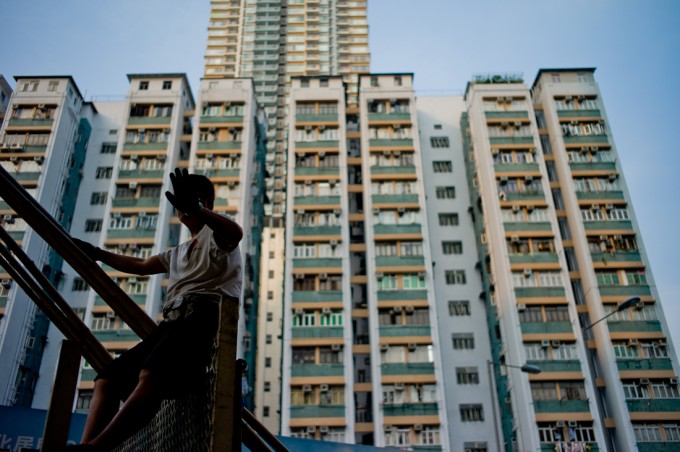


Joeri,
Fantastisch verhaal.
Me and my family did a similar trip last summer, Thailand, Vietnam and Cambodia. Similar impressions and looking at your photos I relive it all again.
Look forward to the next stages of your trip
Good luck and safe travels
great pictures,,but it’s more fun to shoot in the philippines
very interesting article, thank you!
Great pictures! Too bad you didn’t visit Indonesia
Thanks! I’ll include some candids of ourselves in the next post. I do some workshops occasionally, but not on a regular basis. Might change though! 🙂
Love The photo’s! Too bad you dont have some photo’s of yourselves (candid) enjoying The honeymoon mixed in. That would give your article a personal touch! Saw your website And portfolio, do you teach any workshops?
Blown out highlights are kept at a minimum as is the case with shadows. I do like a good punch of contrast though, because that’s when the ccd and summicrons start to shine even more. Saturation follows contrast as you know. I think it’s a bit velvia like. You’re allowed to not like it off course…
You’re welcome and thanks!
It is also Vietnam, Cambodia and Thailand
Thanks!
Well, just wait a little longer for the new M and then make the decision. For travel photography, you can’t beat the m9.
Thanks!
Thanks for your post but I see blown highlights, blocked in shadows and over saturated colours.
I like the huts on the water – both the colour and BW shots.
I see Halong bay was very smoggy as usual. I wonder when it is clear as per the tourists posters?
Great article and images to match, really looking forward to the next article. Thanks for sharing, Joeri!
I lived in Hong Kong for 20+ years and have never seen these places
What an amazing journey you are having, and a very interesting read – Asia is such a fascinating part of the world. Looking forward to the next part of your journey/honeymoon.
The photograph of the ship at night with the rocks in the background is a beautifully composed image, and my favourite.
Stay safe.
Andrew
Thanks Jeroen!
Hi Joeri, another great submisson of your daily inspirations! The images are very beautiful and looking forward to the next episode(s) of your journey:-)!
Veel plezier / Enjoy!
And that what i like about them 🙂
You’re welcome and thanks!!
Thanks!!
Was it still easily accessible? That’s the major problem for me with most drybags. The dedicated Ortlieb bags seem to be different.
Thank you! In fact, my weddings are almost like street photography. No fake posing, just candid.
Thanks! Can I quote you on that? 😉
Well, I can only afford because I make my money with them… sometimes I wished for a somewhat cheaper camera, because of all the water, snow and dust we encountered on our trip. They never stopped working though.
Yes, the 50 is one little beast of a lens. For the ship and rock pic I used a very small table tripod: the manfrotto 709B. Very convenient thing. Although, being on a boat, I couldn’t use a very long shutter time.
Yep, and there’s more technical stuff to come. And likewise, regarding the meeting!
Thanks!
Thanks! It is a remarkable place indeed and the tourists over there are almost as remarkable as the temples 😉
Thanks! And you’re welcome
Great work,
both from a technical and artistic viewpoint. And a wonderful story goes with them too. The same time those pictures scare me to death. Why ? Because I, as a total Leica newbee, have ordered the new M for several good reasons. However, as I can clearly see here, the M9 really shines with “Pop” and stunning color rendering. Not so sure about the new one after watching over the first couple of public samples. Used M9s should get cheaper at the same time…
Uwe
funny how photos get whole another dimension when there is such story behind them.
super simple and clean shots.
Fantastic pictures and great reading. Thanks for sharing
Inspirational article and images, thanks for sharing .
I really like your style and you do the equipment proud.
Ross
I used a SealLine Black Canyon 10L drybag for my camera gear when I rafted the Colorado River through the Grand Canyon. It held my SLR, TLR, filters, 30 rolls of film, (no extra lenses). That drybag kept all my gear dry in a very wet environment.
Very nice documantary, I really like his style of weddingphotography too.
Mesmerizing brilliant.
Thanks for sharing! What a great story! I think my choice would be the M9 and a small digital compact, just because I can’t afford another digital M 😉
Martin
http://www.pholux.com
Wow, the ship and rock at night is remarkable!
I too love the 50mm on the full-frame Leica and I use the 28mm on the M8 which gives approximately 35mm focal length equivalent.
Sounds like a great honeymoon trip Joeri! Lovely description of what you both have seen, experienced and encountered in Asia, combined with the technical details we all love so much ;-). Some stunning pictures as well…..I look forward meeting you in person soon!
Awesome article with great photos. Thanks for sharing!
Thanks for sharing. I worked in Viet Nam off and on in 2004 and 2005 and I always appreciate seeing how other people portray the country. And Angkor… don’t get me started! I’ve been a number of times and NEVER get tired of seeing other people’s pictures from there. Your’s are terrific (particularly the battle scene). Again, thanks!
Nice write up and complimentary pictures, thanks for sharing Joeri